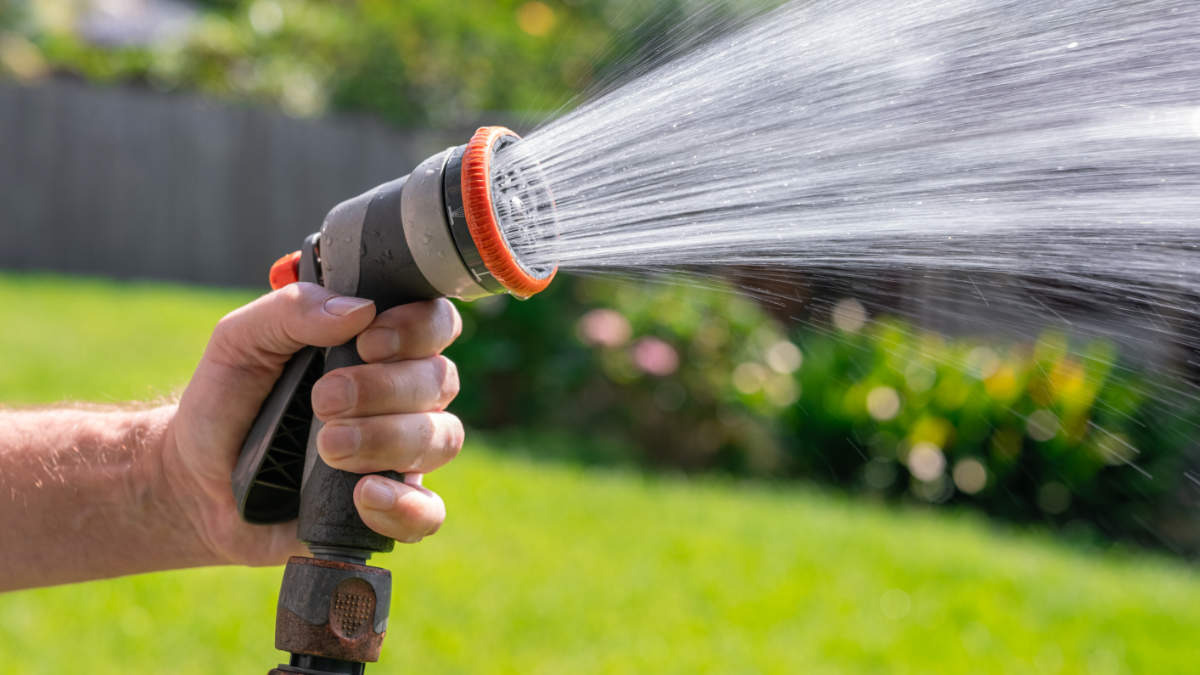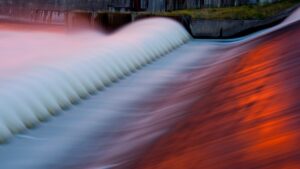Sovereign Metals continues Kasiya pilot with start of hydraulic mining trial

Results from the hydraulic mining trial will be compared with those from dry mining as part of the ongoing optimisation study at Kasiya. Pic: Getty Images
- Sovereign Metals has started a hydraulic mining trial at its Kasiya rutile project
- Results from this trial will be compared with those from successful dry mining
- Work for the hydraulic mining trial will include land rehabilitation
Special Report: Sovereign Metals has started a hydraulic mining trial at the Kasiya pilot site as part of the ongoing optimisation study at the world class rutile project in Malawi.
The trial is being conducted by Fraser Alexander, a global industry leader in hydraulic mining, following successful completion of the dry mining trial in July 2024 that found the project can be efficiently mined using standard mobile excavators and trucks.
Sovereign Metals’ (ASX:SVM) hydraulic mining trial, which uses water at high pressures to break up material, is expected to take about three months to complete and will include backfilling of the main trial pit, deposition and rehabilitation test work.
Previous test work had indicated that the soft, friable nature of the Kasiya orebody should be suitable for hydraulic mining.
The pilot phase is progressing with oversight from the SVM and Rio Tinto (ASX:RIO) technical committee.
Meanwhile, RIO has underscored its confidence in both SVM and the Kasiya project by electing to increase its stake in the company to 19.9% by subscribing for 1.29 million shares worth $690,360 in accordance with their investment agreement from July 2023.
“With valuable insights gained from the dry-mining approach at Kasiya, we are now entering the next phase, which includes the commencement of the hydraulic mining tests, processing and backfilling material, and progressing towards the rehabilitation phase, which we expect to take three months to complete,” managing director Frank Eagar said.
“Results from the pilot phase, in particular the analysis of dry mining versus hydraulic mining, will be fundamental for the ongoing optimisation study.”

Hydraulic mining
The saprolite-hosted mineralisation at the Kasiya project is predominantly homogenous, with consistent physical properties across the high confidence indicated resource of 1.8Bt grading 1% rutile and 1.4% graphite.
Data from the dry mining trial had confirmed that no drilling, blasting, crushing, grinding, or milling is needed before stockpiling material for processing into rutile and graphite products.
The temporary water storage pond, constructed and sealed with natural clay from excavated material, has been filled with 6 million litres of ground water, predominantly from eight water boreholes on site.
This water will be used during the hydraulic mining trial and continuously recycled from the constructed holding cells where sand and fines fractions will be stored respectively prior to the planned deposition and rehabilitation test work.
All of the hydraulic mining equipment is skid-mounted for ease of operation and mobility while a barge-mounted pump will transport the slurry from the sump to a vibrating screen.
Blending test work will commence after the completion of the hydraulic mining tests. This phase will involve backfilling the seven individual test pits using various ratios of fines and sand to be followed by soil remediation and rehabilitation test work.
Additionally, land rehabilitation will be a key part of the ongoing optimisation study, allowing the joint venture to showcase to local communities the successful rehabilitation of land for agriculture post-mining.
This article was developed in collaboration with Sovereign Metals, a Stockhead advertiser at the time of publishing.
This article does not constitute financial product advice. You should consider obtaining independent advice before making any financial decisions.
Related Topics

UNLOCK INSIGHTS
Discover the untold stories of emerging ASX stocks.
Daily news and expert analysis, it's free to subscribe.
By proceeding, you confirm you understand that we handle personal information in accordance with our Privacy Policy.








